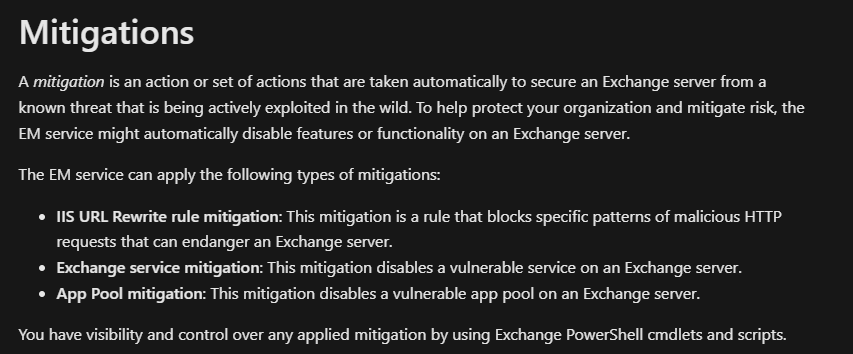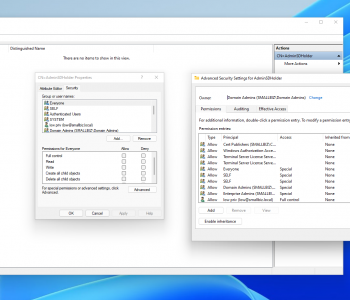 Education
Education
Active Directory Attacks – “It’s cold out here”
Scenario
In this scenario it is assumed you do not have credentials, but you do have either adjacent or routable access to an Active Directory Domain Controller and can access common ports/services such as: LDAP, LDAPS, SMB, NETBIOS, KERBEROS, DNS
Read more “Active Directory Attacks – “It’s cold out here””











